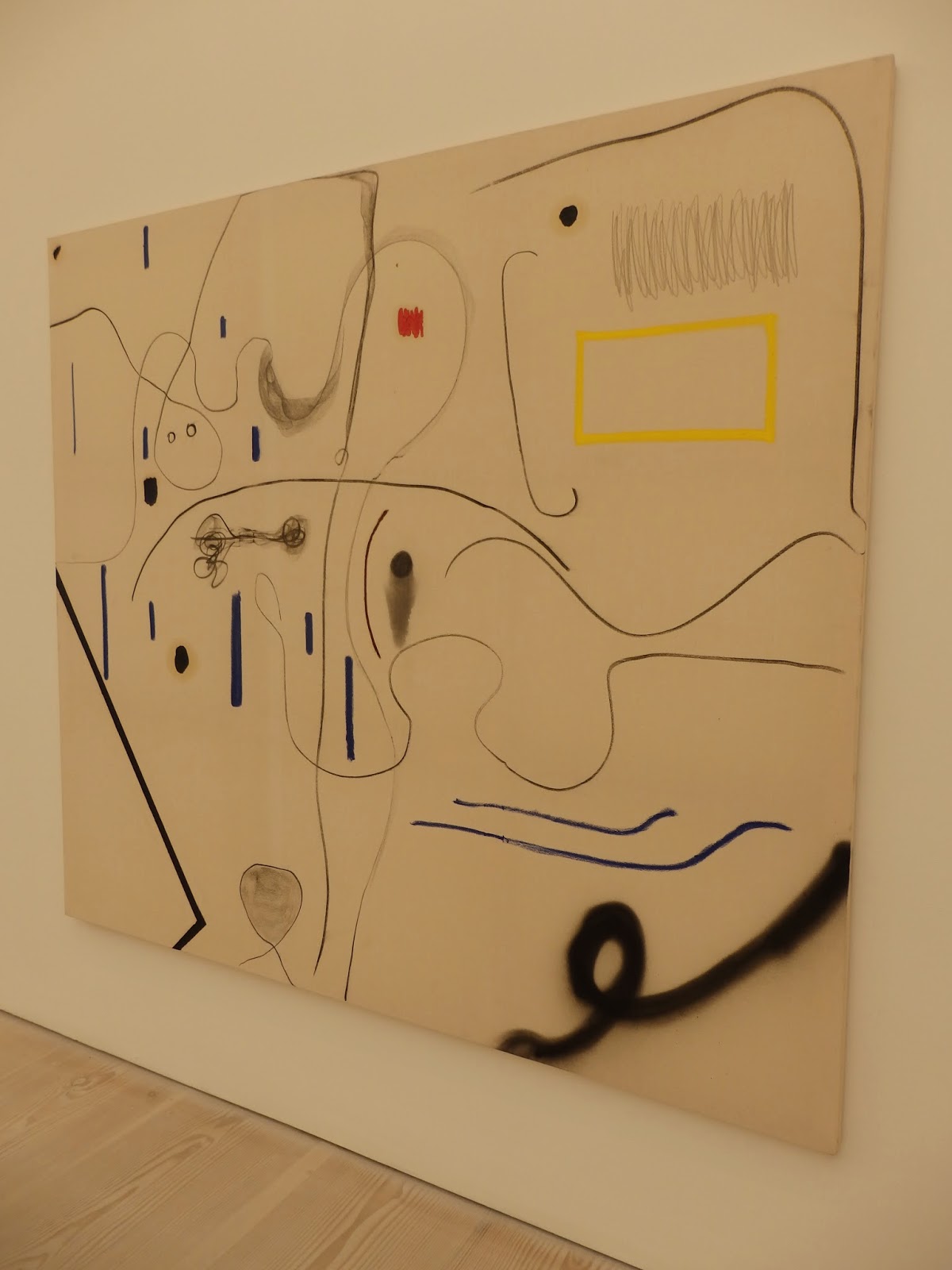We began with a presentation about the project called
STRUCTURAL ATTACHMENT. Initially I like the title it’s open and excites me to
where it could go.We had to bring in three items relating to structure and
three to attachment. My six items are:
Zip- item for attaching two parts together, mainly used as a
temporary attachment to connect two sections together.
Locket- I picked this locket as I have a strong emotional
attachment to it. It was a present from my dad and contains two pictures of my late
mum, so represents FAMILY and LOVE. I think love is a key feeling of attachment
as it is what allows you to connect with an object or person and what makes it
special to you.
Padlock- can represent both a physical and emotional
attachment. Physical in the sense it can bond and lock two items together.
Emotional in it reminds me of the padlock bridge in Paris where two padlocks
represent the bond of two people.
Skeleton- I find the human form very fascinating as is such
a complex and essential structure full of beautiful shapes such as the curve of
the spine.
Woven fabric- way of creating a structure through the
weaving of materials.
Feather- I chose this object because of its delicate and
interesting structure.
We started by sketching our objects, observing its form,
close up details and angles as well as noting down why these items are relevant
and what we liked about them. I mainly did fairly quick line drawings as I find
it a good way to capture the object while giving the drawings some energy. I
focused mainly on the shapes I could see to observe the structure of them. I
think to move on I want to look closer into some of the objects such as the
woven fabric piece, the feather and the skeleton image to explore in greater
detail. I would also like to experiment with drawing in different materials
other than pen and pencil: ink and possibly collage would be interesting to
move onto.
In the afternoon, we went around Ravensbourne observing what
we could see to do with the words structure and attachment. I sketched the wire
railings for their structure, the chunky bolts attaching parts of the building
together, the wired ceilings, construction of the levels and structure of the
cable car posts going over the Thames. I picked most of these as I like the industrial
feeling they have and the raw, exposed metal structures they have. I will
continue to work into these drawings at home as some of the sketches were very
rough and could contain greater detail, which will make them more useful to me.


























